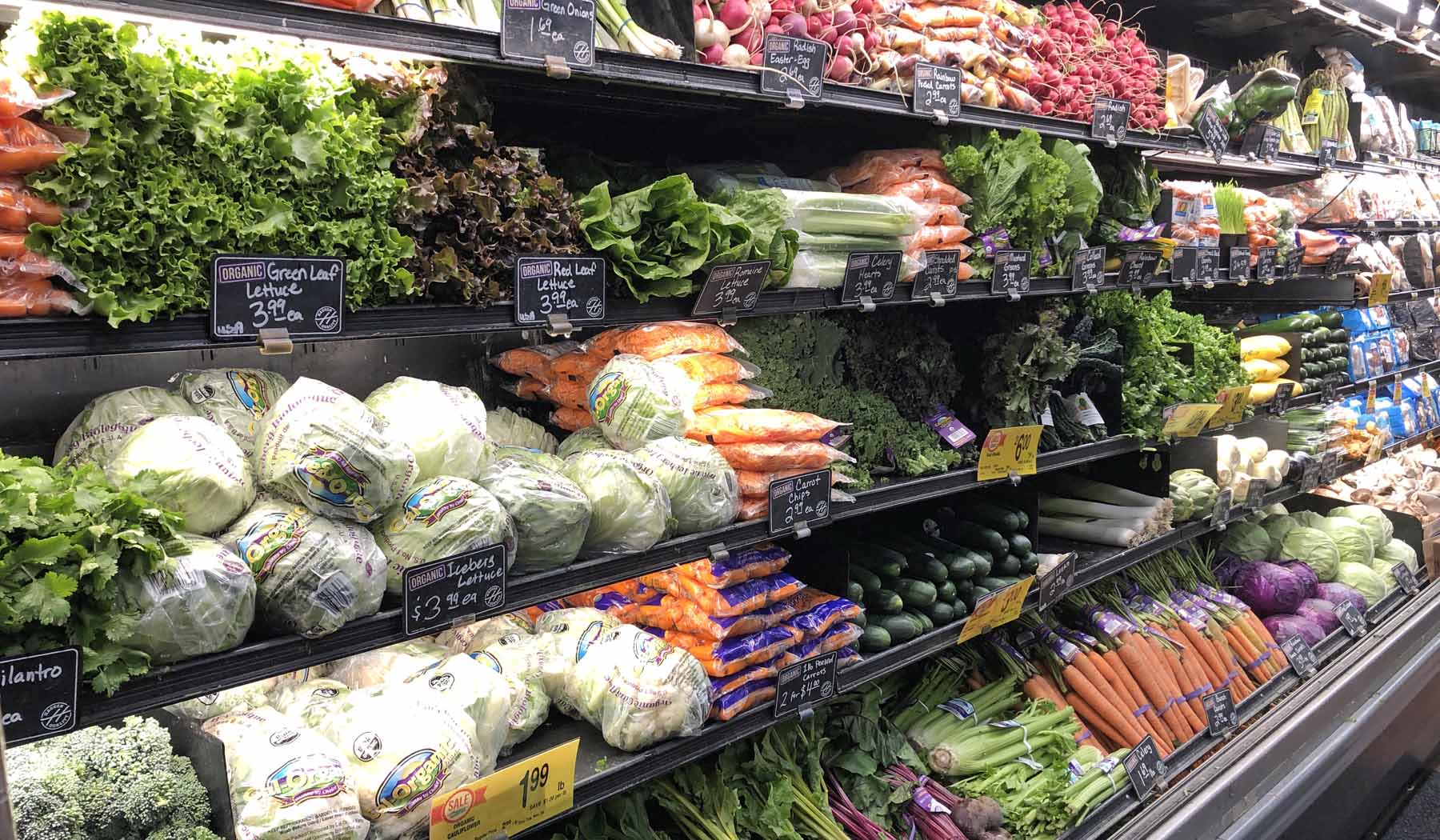By looking at the built environment and its relationship to food shopping, diet quality, obesity, and related physical activity for residents, researchers sought to provide information to help public decision-makers create healthier environments.
A previous phase of the Seattle Obesity Study (Phase II) generated objective measures of the built environment, diet quality, and health outcomes by tracking 500 King County, Washington, participants who were asked to wear global positioning system devices for a week. The project’s findings covered the cost of food and people’s choice of supermarket, the absence of food deserts in King County, clustering of people by weight status and socioeconomic status, and comparisons of food shopping behaviors in Seattle and Paris, France.
Phase III of the project assessed whether social, economic, and environmental variables could be related to diet, physical activity, and health behaviors over a 24-month period. The study population included a diverse sample of adults across three counties in Washington state (King, Pierce, and Yakima). Self-reported measures were used to collect data on dietary behaviors, food expenditures, physical activity, travel patterns, and weight outcomes. The interdisciplinary team developed new data collection methods and novel dietary indices.
In particular, the study found that obesity rates were closely linked to both individual and area socioeconomic status, whereas weight changes measured over 12 months were not. In several papers, the researchers documented how property values, as measures of individual wealth and neighborhood economic status, could be instrumental in identifying the health status of study participants. This included predicting weight status, especially among women.
Secondary analyses of the reliability of self-reported data showed that self-reported food expenditure data were closely related to actual expenditures. Similarly, visits to fast food restaurants and supermarkets that were recorded in travel logs were closely correlated with GPS-based proximity data to the same establishments.
Principal Investigators:
Anne Vernez Moudon, UW Department of Urban Design and Planning
Adam Drewnowski, UW Department of Epidemiology
Sponsors:
National Institutes of Health
National Institute of Diabetes and Digestive and Kidney Diseases

